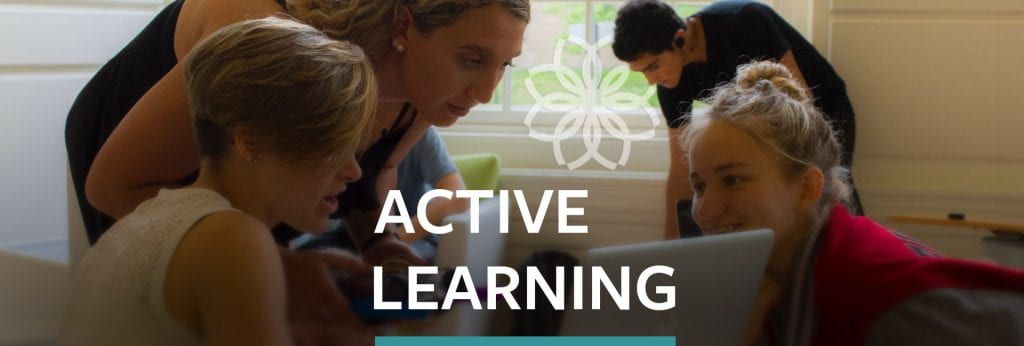
Even at Cornell, it’s not every day a Nobel Prize winner comes to campus to talk about teaching. But, last month, arrive one did, in the form of Carl Wieman.
The Nobel Prize-winning physicist visited Cornell’s Ithaca campus Sept. 25-29 as an A.D. White Professor-at-Large. Professors-at-Large are considered full members of the Cornell faculty for a six-year appointment, or two terms of three years, in which they visit campus for approximately one week in each term.
As a result, Wieman was on campus for a series of talks as part of his 2023 visit, and discussed “Teaching Students to Think like Physicists,” a Physics Colloquium hosted by the Active Learning Initiative director Peter Lepage. He also delivered an A.D. White Professors-at-Large keynote, “Teaching & Learning Science in the 21st Century,” which emphasized his current research in terms of integrating active learning techniques into science education.
Several questions emerged during the conversation that followed, big questions that, by their nature, were not meant to have easy, concrete answers. For example, what is the role of teaching centers on university campuses now? Or, what does it mean to be educated now, versus what that may look like in the future? How will generative AI impact learning? What will learning look like in the future and what will our educational goals be? And what role will active learning play in it?
And while yes, these questions were more meant to be pondered than resolved, the responses and food for thought that followed kept active learning in their orbit. Wieman has been a champion of this approach to learning for years, including during his time as the Associate Director for the White House’s Office of Science and Technology Policy and, from 2007 to 2017, through the Carl Wieman Science Education Initiative at the University of British Columbia.
Active Learning and the Art of Re-Wiring
As Associate Director Becky Lane said, “active learning is not just about adding things to your brain, but changing your brain,” and the way it thinks.
For those unfamiliar, in essence, active learning practices are evidence-based, and infused into a course via a series of techniques that ask students to engage in their learning by thinking, discussing, investigating, and creating. This may include practicing skills, solving problems, tackling complex questions, and explaining ideas, decisions and solutions in their own words through writing and discussion.
And then, per Wieman, the question becomes “once you know what works in classrooms, how do you get teachers to implement it?”
The question becomes “once you know what works in classrooms, how do you get teachers to implement it?”
– Carl Wieman
A fair question, as active learning practices were not always embraced by educators. Wieman talked about the early days of his educational research, and how he used to think “if you can show people evidence it will change behavior,” and professors would incorporate these techniques into their teaching. But that wasn’t always the case. In fact, just as students may at first be reluctant to engage with active learning concepts – this neural rewiring is work, after all – Wieman found professors were hesitant to loosen their grip on the lecture model.
But, Wieman added, the two don’t necessarily have to be at odds, as “a good active learning class actually has the instructor talking quite a bit.” He also added that “students can learn from lectures, but they have to be prepared to learn from it, and that preparation falls to the teacher. The lecture needs to be targeted” toward specific learning objectives.
So how do we know this works? As it turns out, there’s research for that, research that Wieman exemplifies in his application of academic thinking to educational questions. After all, how would you approach solving a scientific problem? You’d ask a question, propose a hypothesis, study the results, refine your approach, and repeat the experiment.
Active learning is likewise an evidence-based practice, and there are academics who specialize in the marriage of educational research alongside scientific research.
For more on the academics behind this research, come back for part two of this blog, to find out what role Discipline-Based Education Researchers (DBERs) play in supporting teaching and learning in STEM classrooms.
